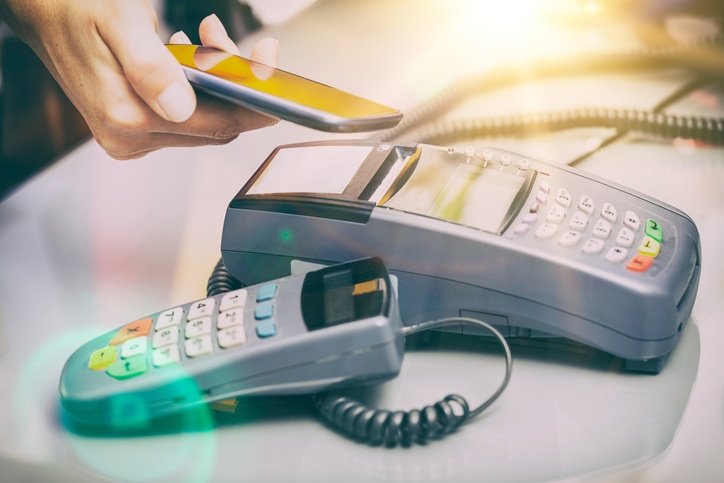
3 Payment Innovations: Hits and Misses
With all the headlines about payment innovation, you’d think we would be living in a tech utopia. But the reality is not so glamorous. Here in the US, payment change comes slowly. Our financial ecosystem is so large and complex that any meaningful innovation is just difficult to enact. Even something as straightforward as the EMV switch, finished a decade ago in the rest of the world, is still limping along toward completion here.
So how has the hype panned out for three big headlines? Here’s the scoop on some payment innovations we’ve been waiting for: biometrics, wearables and bill payments.
Biometrics: Fail
Where’s the biometric revolution? By this point, we were supposed to just tap a thumbprint or blink at a monitor to pay. However, outside of smartphone mobile wallets, biometrics haven’t really translated into payment reality. There are several inescapable reasons why. First, biometric hardware can be notoriously fickle, as anyone who’s ever been locked out in the cold with a non-registering thumbprint can attest. Next, there’s the expense of upgrading and replacing hardware, combined with resistance from belligerent consumers who don’t want to learn a new trick. It’s just a non-starter for most retailers. But most of all, biometrics have an inherent flaw. Because biometrics are based on your physical self, once they’re compromised, they’re always compromised. There’s no resetting your fingerprint. Biometrics may be useful as an ancillary method of identification, but they’re not strong enough to ever become an exclusive identifier in payments. And if they’re not a step up, there’s no point making a lateral move.
Wearables: Fail
In general, wearables are wearing off. Frustrated by clunky design, limited function, and short battery life, US consumers are growing less interested in wearables of any sort. From smartwatches to FitBits, market growth has slowed to the single digits. And with the abandonment of wearables as a category goes the hope of wearables for payment. In urban markets overseas like London, wearables can make sense for speed in mass transit. But here in the US, that’s just not a compelling reason to adopt. Consumers view wearable payments as a gimmick (and a security risk at that.) So at least for now, we can pack away hopes of mass adoption of payment rings, clothing, or chip implants. Even mobile wallets are too much of a stretch for most consumers. By and large, we’re content to stick to our plastic cards.
Online Bill Payments: Success
While online bill payments aren’t retail-facing like biometrics and wearables, this is an area where the hype definitely meets expectations. Over 56% of Americans use some form of online bill payments for at least a portion of their bills. But the experience is still pretty disjointed and random. ACH payments, bank-issued physical checks, third party payment services, or biller websites: payments are really all over the place, and it’s cumbersome.
Australia, with its smaller and more homogenous FI sector, fixed the bill payment tangle with Barclaycard’s BPAY electronic bill payment system. Adopted throughout the entire Australian banking sector, BPAY is one unified platform that handles virtually all electronic bill payments in the country. It’s been a great success, as 60% of Australians use BPAY for monthly bill payments.
There’s hope for something similar in the US. Mastercard will soon roll out Bill Pay Exchange, which hopes to become the US version of BPAY. This ambitious project offers one centralized app for consumers to pay all their bills, without having to create and manage separate accounts for each biller. Initially, Bill Pay Exchange will link consumers with 135,000 currently enrolled billers. If it takes off, it’s guaranteed that additional vendors will be quick to jump on board. Centralized online bill pay fills a much needed niche in the US. Testing begins in early 2019 - let’s hope it works.
So what else is on the horizon for innovation? We expect to see great growth in omnichannel commerce. The blend of retail, mobile and delivery is just exploding, meeting consumer needs we didn’t even know we had. Our recommendation is for retailers to focus on integrating mobile into brick and mortar. That’s definitely a strategy retailers can take straight to the bank.
in Technology
